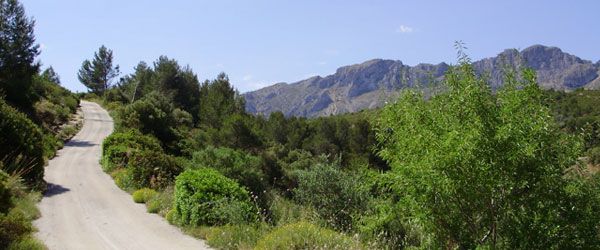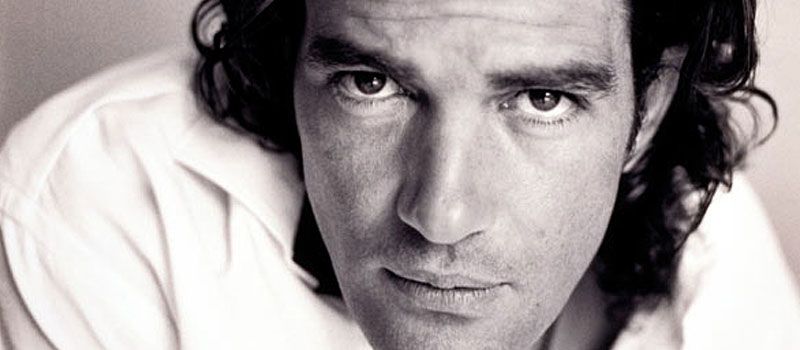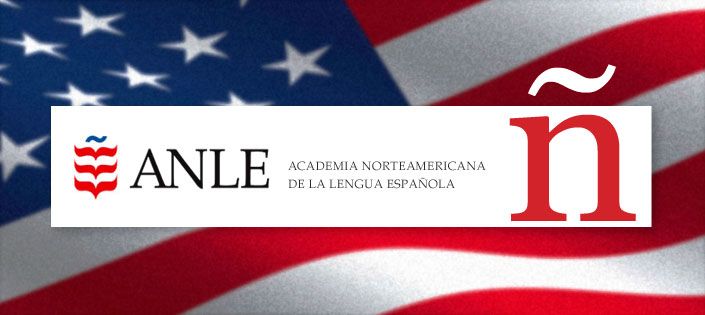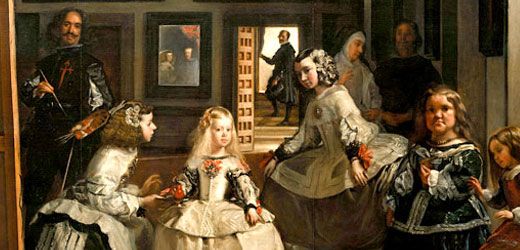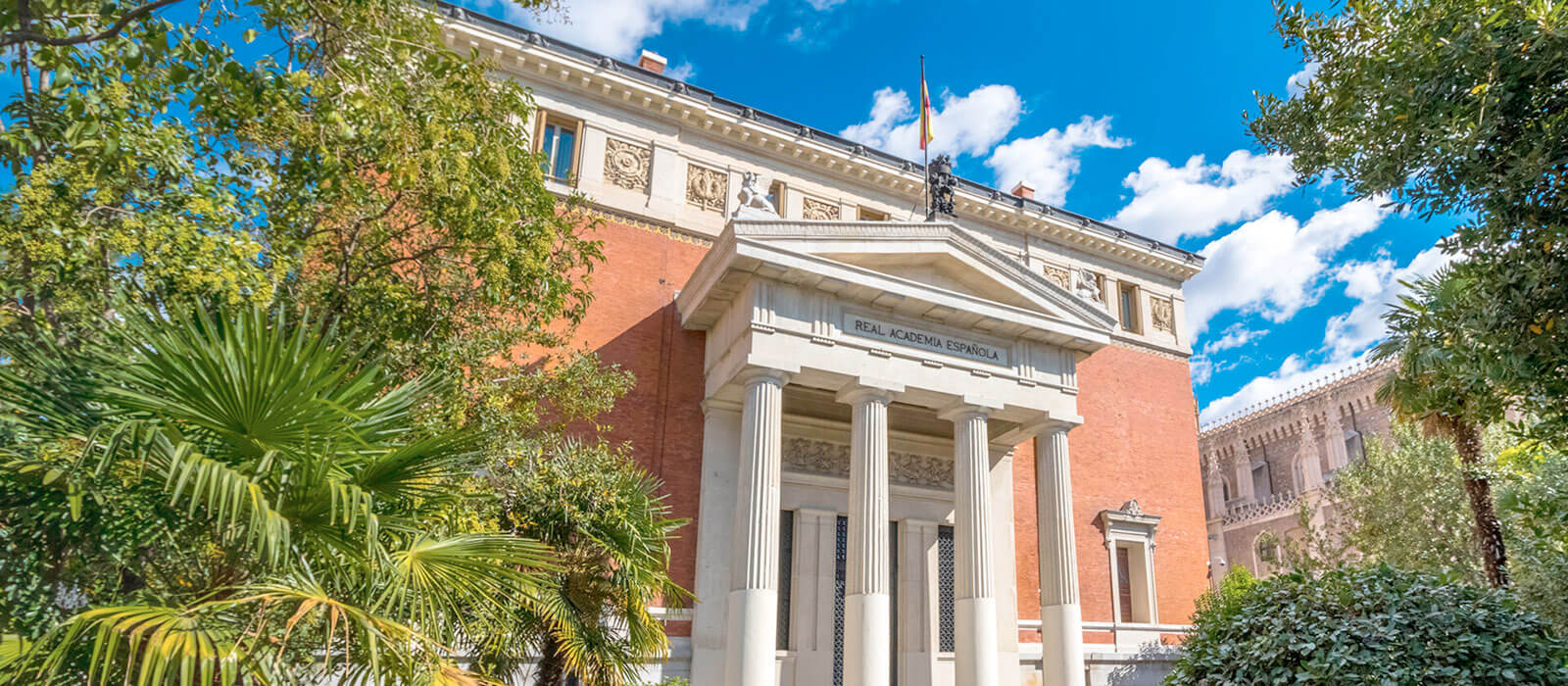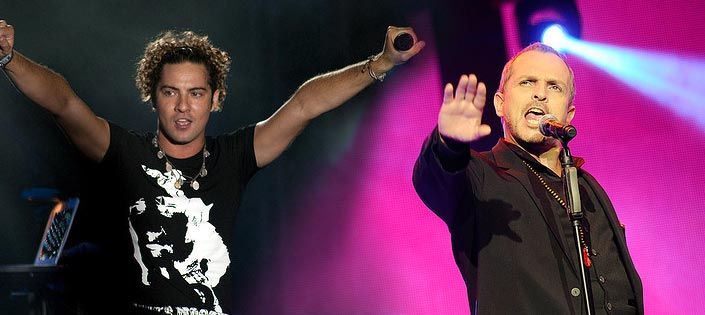British Council Says Spanish is Top Language to Learn
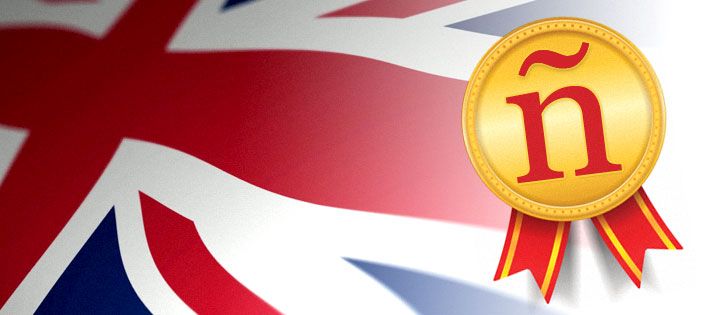
Language Learning
A report published this month by the British Council, entitled Languages for the Future, has confirmed what most linguists and anyone who takes an interest in languages were thinking: Spanish is the best language for the UK population to learn. With an overall ‘score’ of 76, it easily surpasses Arabic (54), which takes second place, and French, Mandarin Chinese and German making up the top five.
The report employed a variety of measures to determine the ten languages considered most important to the United Kingdom’s economic, cultural and diplomatic future. Among these factors included the destinations of British exports, the UK government’s commercial and diplomatic priorities, the value of emerging markets, as well as the most popular holiday destinations for Britons, and the ability of other countries to speak English. The document highlights the missed opportunities that stem from a lack of language-speaking abilities among Brits.
The key message of the research was the “alarming” absence of language-skills among the British public. According to a survey carried out on 4,000 adults by the polling organization YouGov, 75% were unable to even hold a conversation in a language other than English. Only 4% could do this in Spanish, a worrying figure given the growing importance of Spanish in an ever-globalized world of over 400 million native Spanish speakers (compared to 335 million native English speakers).
Looking at the indicators more closely, it’s unsurprising that Spanish holds top spot. Its value in UK exports and business activities is broad and growing: Spain is Great Britain’s eight-largest trading partner – rising to 5th position when eliminating English-speaking nations and grouping Francophone Belgium and France together – and 34% of British companies state that Spanish is important to their growth. By examining the list of emerging markets, Spanish-speaking nations occupy 4 of the 30 most important developing economies, the same number as English-speaking countries. In fact, by 2030, the Mexican economy is expected to have outgrown that of the UK.
From a cultural perspective as well, Spain is the most popular non-English speaking country for British tourists, and no Hispanic country features highly on the list of English proficiency. What’s more, the Foreign & Commonwealth Office is pouring resources into boosting diplomatic presence in South America, at a time when Anglo-Hispanic relations features prominently in the news with respect to two of Britain’s overseas territories.
Study Spanish
Alongside the British Council’s own investigations, there exist other advantages to learning Spanish as a second language. It happens to be an official language of most of the world’s international organizations, for example the United Nations and the International Labor Organization, as well as pan-Latin American bodies. Aside from economic and political factors, learning Spanish enhances your understanding of the cultural and social aspects of Spain and Latin America that are important to their identity. Furthermore, the health benefit of learning a second language cannot be underestimated: a recent medical report suggests that the ability to speak a language other than your mother-tongue delays the onset of Alzheimer’s disease by about four years.
So these are just some of the reasons why you should head over to Spain or Latin America and speak Spanish!
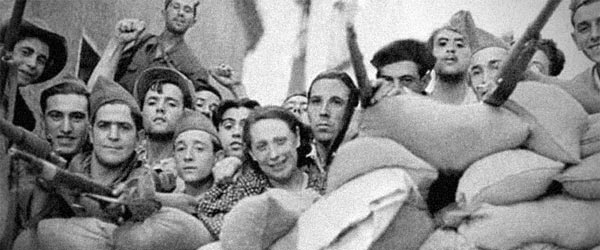
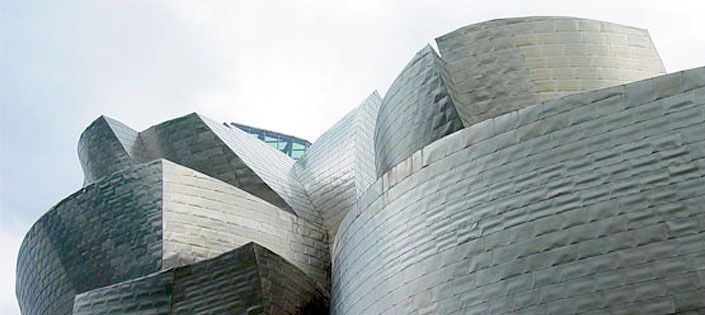
 1. Fundación Joan Miró - Barcelona
1. Fundación Joan Miró - Barcelona 2. Museo de Bellas Artes - Seville
2. Museo de Bellas Artes - Seville 3. Museo de Bellas Artes - Valencia
3. Museo de Bellas Artes - Valencia 4. Museo Guggenheim - Bilbao
4. Museo Guggenheim - Bilbao 5. Museo Nacional Centro de Arte Reina Sofia (MNCARS) - Madrid
5. Museo Nacional Centro de Arte Reina Sofia (MNCARS) - Madrid 7. Museo Nacional del Prado - Madrid
7. Museo Nacional del Prado - Madrid 8. Museo Picasso - Barcelona
8. Museo Picasso - Barcelona 9. Teatro-Museo Dalí - Figueres
9. Teatro-Museo Dalí - Figueres  10. Thyssen-Bornemisza Museum - Madrid
10. Thyssen-Bornemisza Museum - Madrid